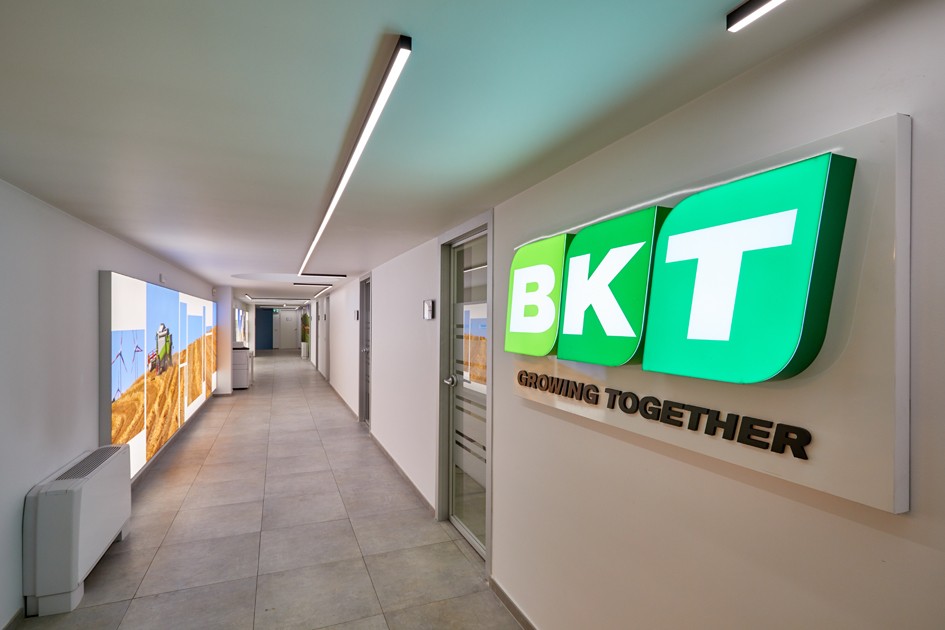The fifth edition of TransUnion CIBIL- SIDBI MSME Pulse Report shows that commercial credit growth has continued to rise at 14.4% year-on-year (YOY) in the quarter ending Dec ’18. The total on-balance sheet credit exposure in India stood at ₹ 111.1 Lakh Crores as of Dec’18 of which MSME credit accounts for 25.2LakhCrores, including credit to MSME entities and credit to individuals for business purposes. The report indicates that aggregate MSME lending (to both entities and individuals) has expanded rapidly over the last five years with the total balance outstanding increasing at a compounded annual growth rate (CAGR) of 19.3%. The non-performing assets (NPA) rates have also shown a gradual reduction with NPAs in the Large segment declined from 20% in Jun’18 to 19% in Dec’18 and the NPA rate for the MID segment declined from 18% in Jun’18 to 16.5% in Dec’18.
MSME Pulse is a quarterly analysis report based on the TransUnion CIBIL Commercial Bureau data which has over7million livebusiness entities ranging from proprietorship/partnership firms to publicly listed entities. The credit data is updated monthly with exposure and performance details from Banks, NBFCs, HFCs, Cooperative banks, Regional Rural Banks and other regulated lenders.
Speaking on this report, Mr. Mohammad Mustafa, Chairman and Managing Director, SIDBI said:“MSME credit growth acceleration along with a decline in NPAs is a very promising indicator of the prospective development in the segment and thereby economic growth. The insights from this edition of MSME Pulse also indicate growth in New-to-Credit MSME borrowers implying that MSMEs are increasingly seekingaccess to finance from the credit sector. These trends bode well for the ease of doing business in India as more and more MSMEs seek credit from the regulated market and this also helps foster financial inclusion.”
One of the key highlights from this edition of MSME Pulse is the landmark improvement in lending intensity observed on MSME credit.The analysis suggests that over the last 5 years, aggregate MSME lending as a proportion of the GDP has increased by around 400 basis points (bps) to reach 13.6% in Dec’18 from 9.6% in Dec’13. The rapid increase in MSME lending intensity has been driven by a 130 bps and 260 bps improvement in lending to entities and individuals respectively. It is noteworthy that MSME lending – as measured by MSME loans outstanding divided by MSME GVA (Gross Value Added) – has moved up from 32.2% in Dec’13 to 47.6% in Dec’18 – a landmark increase of 15.4 percentage points (pps). This growth has been driven by an increase of 5.8 pps in lending to entities and 9.7 pps in lending to individuals.
Commenting on this growth in lending intensity, the Managing Director and CEO of TransUnion CIBIL, Mr. Satish Pillai, said: “We have observed significant acceleration in lending in the past couple of years but growth of this magnitude needs to be monitored carefully as rapid acceleration in debt build-up may indicate prospective stress in the system. While lenders should monitor their portfolios constantly for loan stacking, leverage and debt build-up, the regulators must keep systemic risks in check.”
Adding to this, Mr. Pillai also reemphasized the need for inclusion of alternative data sources in mainstream credit bureau database, “Inorder to enable system-wide faster and cheaper access to credit by MSMEs, credit information companies must be allowed to access trade credit data from TReDS and also enable mandatory reporting by banks of factoring/bill discounting to bureaus. Inclusion of alternative data in mainstream bureau database will not only help drive access to finance for many more deserving MSMEs but also enable improved monitoring and surveillance of credit-risk.”
";


.jpg)